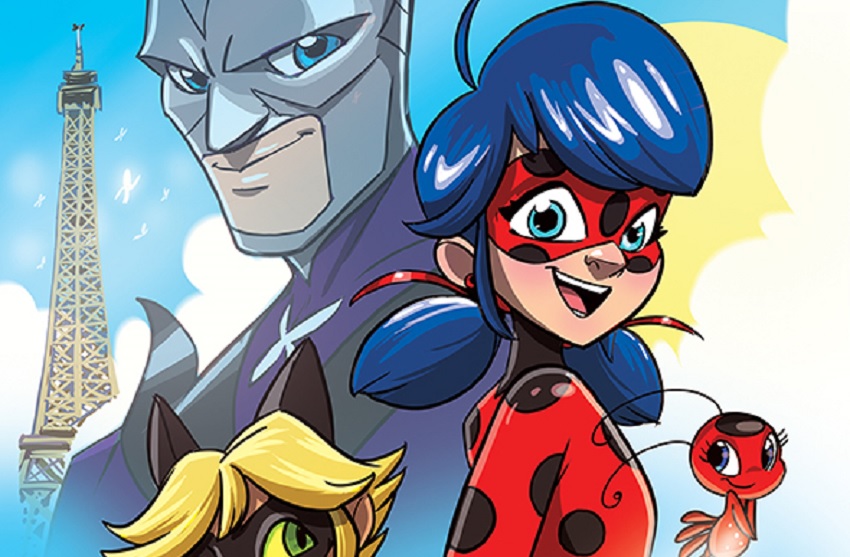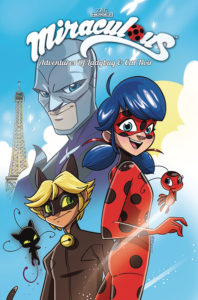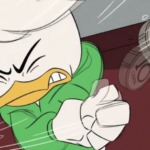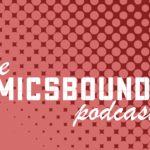
Miraculous Adventures of Ladybug and Cat Noir Volume 1
Creator: Thomas Astruc
Writers: Bryan Seaton, Nicole D’Andria
Artist: Brian Hess
Publisher: Action Lab
A review by Laura Forsey
 Miraculous Adventures of Ladybug and Cat Noir starts off with more or less the same general feel as the tv series. The first two issues collected in this book feature a soccer player upset by losing a game and a fisherman annoyed by rowdy beach-goers, both turned into mind-controlled “akumas” by the supervillain Hawk Moth. Ladybug and Cat Noir team up to defeat the monsters and help the victims of the attack. The stories are both light on substance, but enjoyable as a light-hearted read, similar to the tone of the original tv series. With the third and fourth issues, however, the story becomes a little strange.
Miraculous Adventures of Ladybug and Cat Noir starts off with more or less the same general feel as the tv series. The first two issues collected in this book feature a soccer player upset by losing a game and a fisherman annoyed by rowdy beach-goers, both turned into mind-controlled “akumas” by the supervillain Hawk Moth. Ladybug and Cat Noir team up to defeat the monsters and help the victims of the attack. The stories are both light on substance, but enjoyable as a light-hearted read, similar to the tone of the original tv series. With the third and fourth issues, however, the story becomes a little strange.
[Spoiler Alert!] Marinette and Adrien are teleported to New York, where American superheroes request their help stopping a destructive monster. It’s an unexpected abrupt departure from the Miraculous Ladybug canon, especially as Ladybug and Cat Noir act as if they’re familiar with these super-famous superheroes- but there’s been no mention of other heroes outside of Paris ever before. The storyline goes on to introduce a possible Hawk Moth copycat villain as well, a huge addition to the lore and magic of the series that arguably should not have been introduced in the bonus comics. Overall, the plot was more baffling than interesting. The introduction of the American superhero plot felt like an unnecessary and artificial method to up the stakes, when sticking to the regular akuma battles was perfectly fine.
The art is cartoonish and cute, different from the tv show’s 3D animation but still well suited to the tone of the story. The fight scenes and transformation sequences were exciting, although some of the body language came off as stiff, and could have been more dynamic with the use of more energetic poses. Still, that was a minor issue in otherwise good illustrations.
Verdict:
Skip It. There’s really not much to either love or hate in this volume. It doesn’t speak well when the best descriptor you can come up with is “fine”, and although the first couple stories were cute, they weren’t cute enough to justify buying the trade paperback for the same basic stories you can watch on the Netflix episodes. Save yourself some money, and unless the plot threads here end up relevant in the show, which I doubt, don’t bother reading it.



